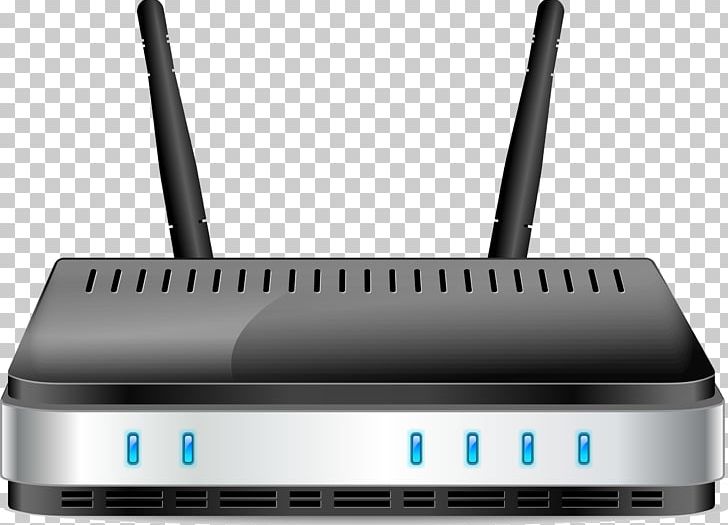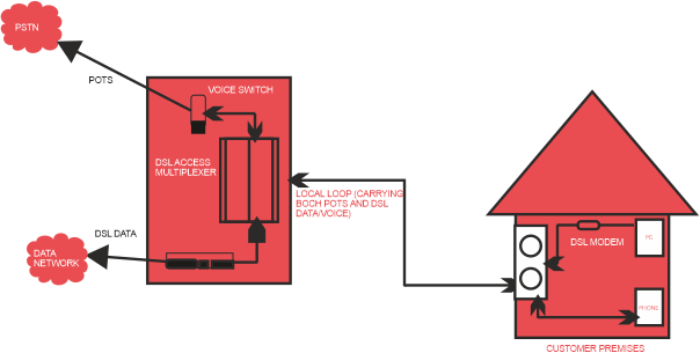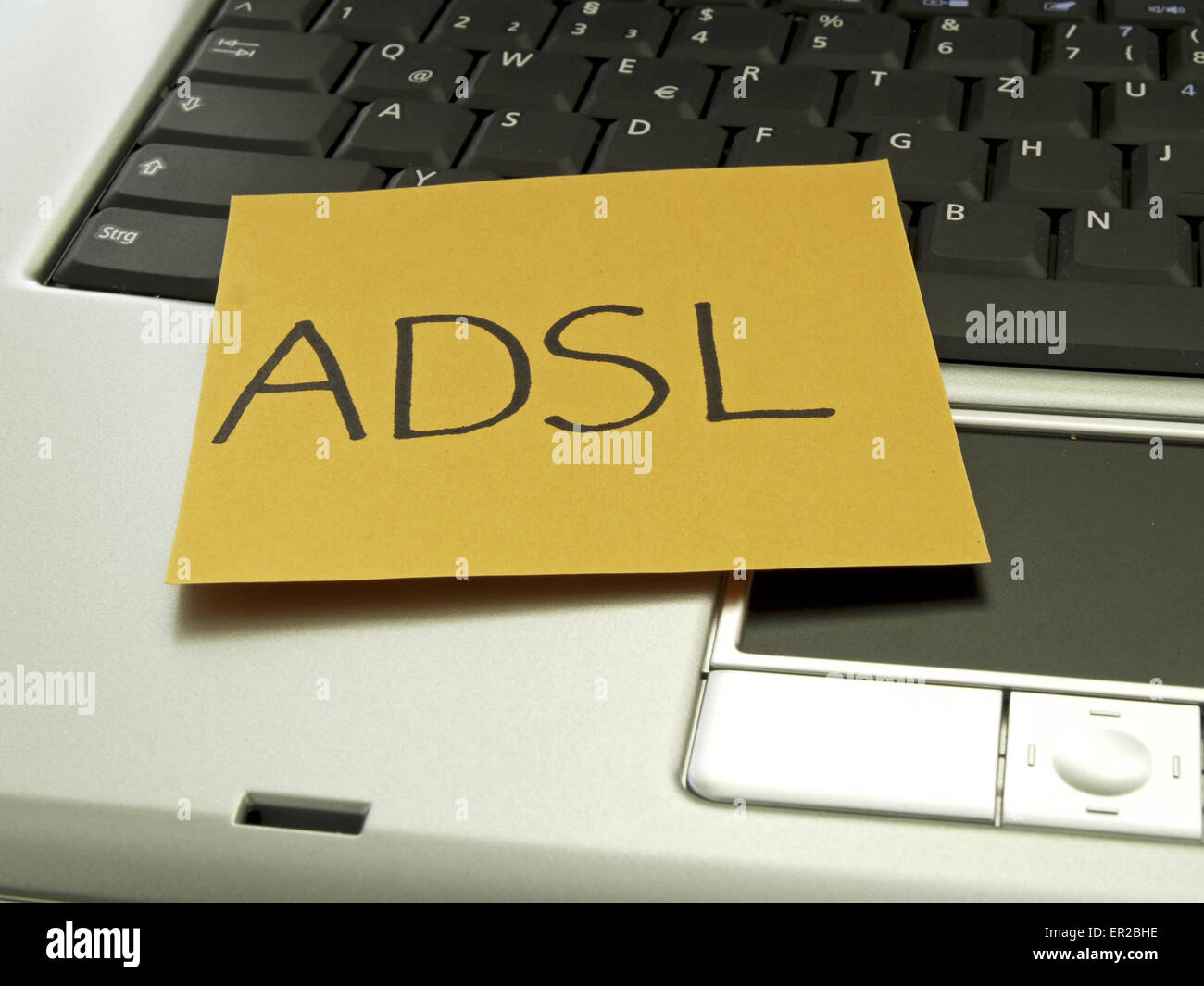Digital subscriber line (DSL; originally digital subscriber loop) is a family of technologies that are used to transmit digital data over telephone lines. In telecommunications marketing, the term DSL is widely understood to mean asymmetric digital subscriber line (ADSL), the most commonly installed DSL technology, for Internet access.. In ADSL, the data throughput in the upstream direction
Asymmetric Digital Subscriber Line – ppt video online download
Asymmetric digital subscriber line (ADSL) is a type of broadband internet access that uses the copper wires of a telephone network. ADSL offers faster download speeds than upload speeds, unlike symmetric digital subscriber line (SDSL) or single-pair high-speed digital subscriber line (G.SHDSL). Learn more about the history, technology and applications of ADSL on Wikipedia.

Source Image: shutterstock.com
Download Image
ADSL is the acronym for Asymmetric Digital Subscriber Line, and they are used to enact data transmission at high speed to the internet. Invented by AT&T and adopted by ANSI as standard T1.413 in 1995. Like all DSL broadband technologies, enables a standard telephone line (copper twisted-pair) to simultaneously carry voice and data. Asymmetric

Source Image: slideplayer.com
Download Image
Asymmetric Digital Subscriber Line – ppt video online download Nov 14, 2022ADSL: Stands for “Asymmetric Digital Subscriber Line.” ADSL is a type of DSL , which is a method of transferring data over copper telephone lines. While symmetrical DSL (SDSL) uploads and downloads data at the same speed, ADSL has different maximum data transfer rates for uploading and downloading data.

Source Image: shutterstock.com
Download Image
Asymmetric Digital Subscriber Line Definition
Nov 14, 2022ADSL: Stands for “Asymmetric Digital Subscriber Line.” ADSL is a type of DSL , which is a method of transferring data over copper telephone lines. While symmetrical DSL (SDSL) uploads and downloads data at the same speed, ADSL has different maximum data transfer rates for uploading and downloading data. Oct 11, 2023ADSL, or Asymmetric Digital Subscriber Line, is a type of broadband internet connection that allows users to access the internet over their existing telephone lines. Unlike traditional dial-up connections that use the entire frequency range of a telephone line, ADSL segregates the frequency spectrum to enable simultaneous voice and data
69 Asymmetric Digital Subscriber Line Images, Stock Photos, 3D objects, & Vectors | Shutterstock
Aug 3, 2022Asymmetric Digital Subscriber Line – ADSL: A new technology that provides high transmission speeds for video and voice to homes over ordinary copper telephone wire. It will be most cost-effective Wireless Router DSL Modem Wi-Fi PNG, Clipart, Asymmetric Digital Subscriber Line, Com, Computer Network, Diagram,

Source Image: imgbin.com
Download Image
Digital Subscriber Line (DSL) – javatpoint Aug 3, 2022Asymmetric Digital Subscriber Line – ADSL: A new technology that provides high transmission speeds for video and voice to homes over ordinary copper telephone wire. It will be most cost-effective

Source Image: javatpoint.com
Download Image
Asymmetric Digital Subscriber Line – ppt video online download Digital subscriber line (DSL; originally digital subscriber loop) is a family of technologies that are used to transmit digital data over telephone lines. In telecommunications marketing, the term DSL is widely understood to mean asymmetric digital subscriber line (ADSL), the most commonly installed DSL technology, for Internet access.. In ADSL, the data throughput in the upstream direction

Source Image: slideplayer.com
Download Image
Asymmetric Digital Subscriber Line – ppt video online download ADSL is the acronym for Asymmetric Digital Subscriber Line, and they are used to enact data transmission at high speed to the internet. Invented by AT&T and adopted by ANSI as standard T1.413 in 1995. Like all DSL broadband technologies, enables a standard telephone line (copper twisted-pair) to simultaneously carry voice and data. Asymmetric

Source Image: slideplayer.com
Download Image
Pin by Ali Khan on A one Electric | Technology, Splitter, Networking Asymmetric digital subscriber line (ADSL) is a type of DSL technology that provides greater bandwidth and provides higher-speed transmission over traditional copper telephone wires than conventional voice band modem. ADSL is characterized by “high speeds” and “always on” connectivity. This is achieved by using the frequencies not being used by

Source Image: in.pinterest.com
Download Image
How can I improve my notes? (See caption) : r/GetStudying Nov 14, 2022ADSL: Stands for “Asymmetric Digital Subscriber Line.” ADSL is a type of DSL , which is a method of transferring data over copper telephone lines. While symmetrical DSL (SDSL) uploads and downloads data at the same speed, ADSL has different maximum data transfer rates for uploading and downloading data.

Source Image: reddit.com
Download Image
Asymmetric digital subscriber line hi-res stock photography and images – Alamy Oct 11, 2023ADSL, or Asymmetric Digital Subscriber Line, is a type of broadband internet connection that allows users to access the internet over their existing telephone lines. Unlike traditional dial-up connections that use the entire frequency range of a telephone line, ADSL segregates the frequency spectrum to enable simultaneous voice and data

Source Image: alamy.com
Download Image
Digital Subscriber Line (DSL) – javatpoint
Asymmetric digital subscriber line hi-res stock photography and images – Alamy Asymmetric digital subscriber line (ADSL) is a type of broadband internet access that uses the copper wires of a telephone network. ADSL offers faster download speeds than upload speeds, unlike symmetric digital subscriber line (SDSL) or single-pair high-speed digital subscriber line (G.SHDSL). Learn more about the history, technology and applications of ADSL on Wikipedia.
Asymmetric Digital Subscriber Line – ppt video online download How can I improve my notes? (See caption) : r/GetStudying Asymmetric digital subscriber line (ADSL) is a type of DSL technology that provides greater bandwidth and provides higher-speed transmission over traditional copper telephone wires than conventional voice band modem. ADSL is characterized by “high speeds” and “always on” connectivity. This is achieved by using the frequencies not being used by